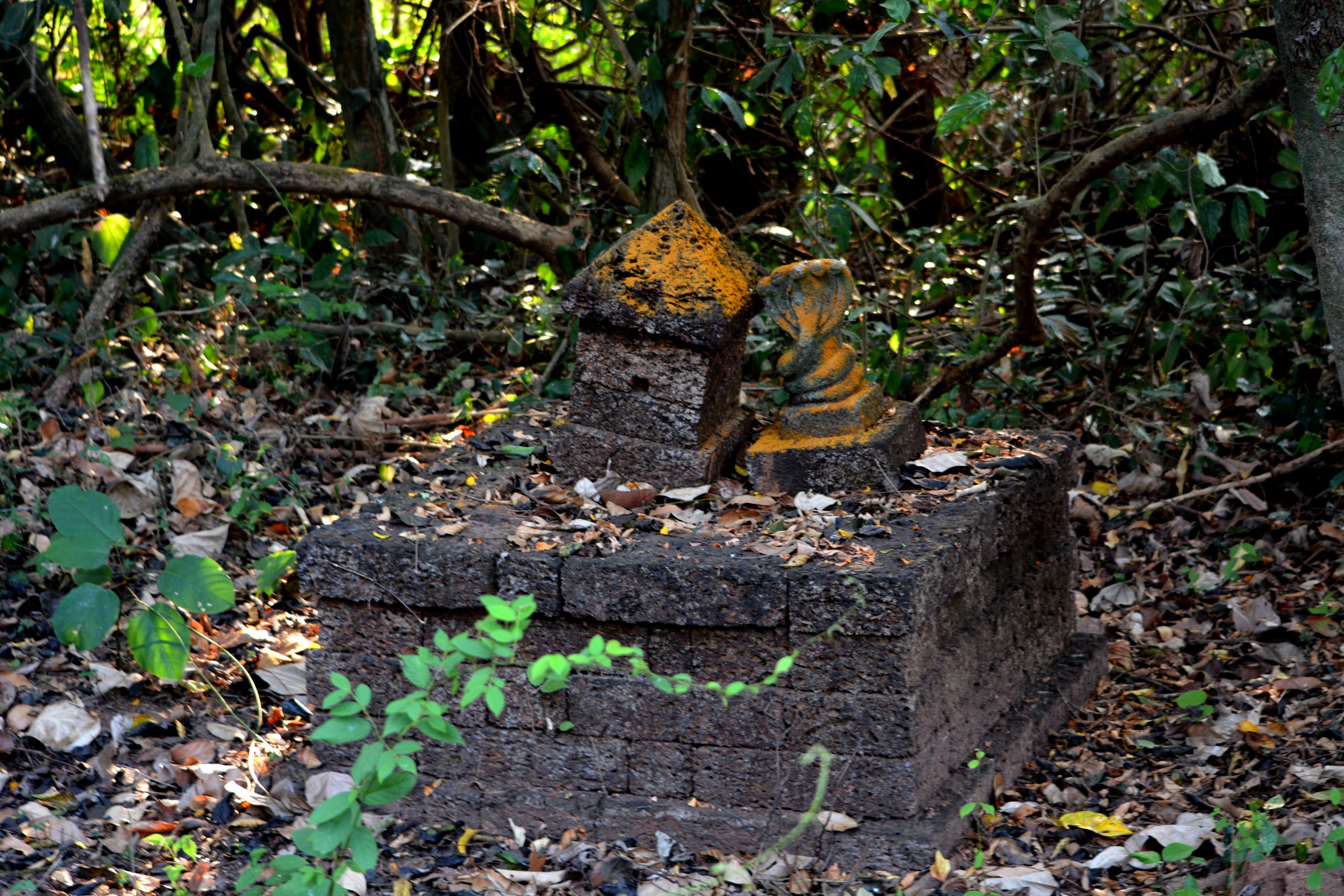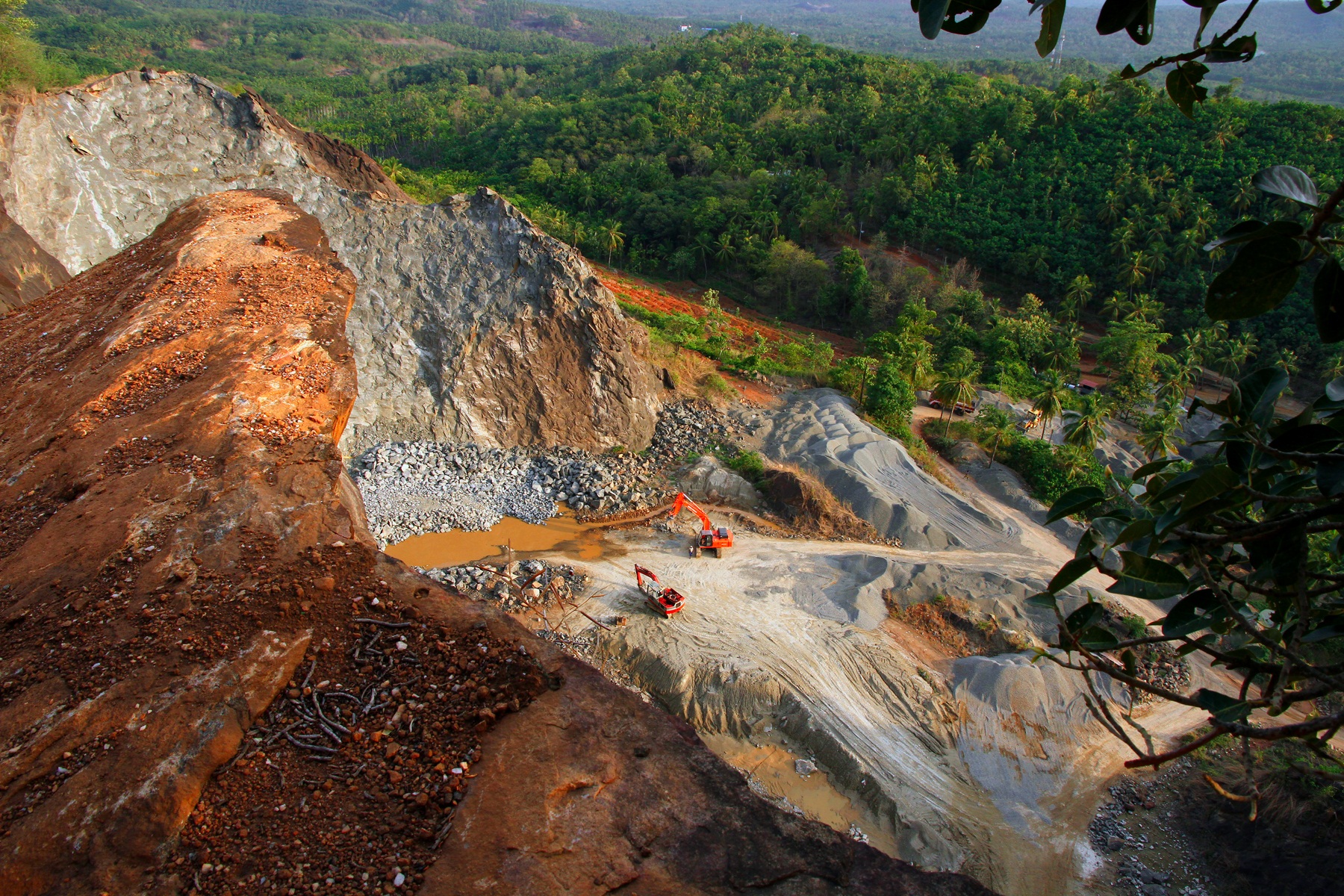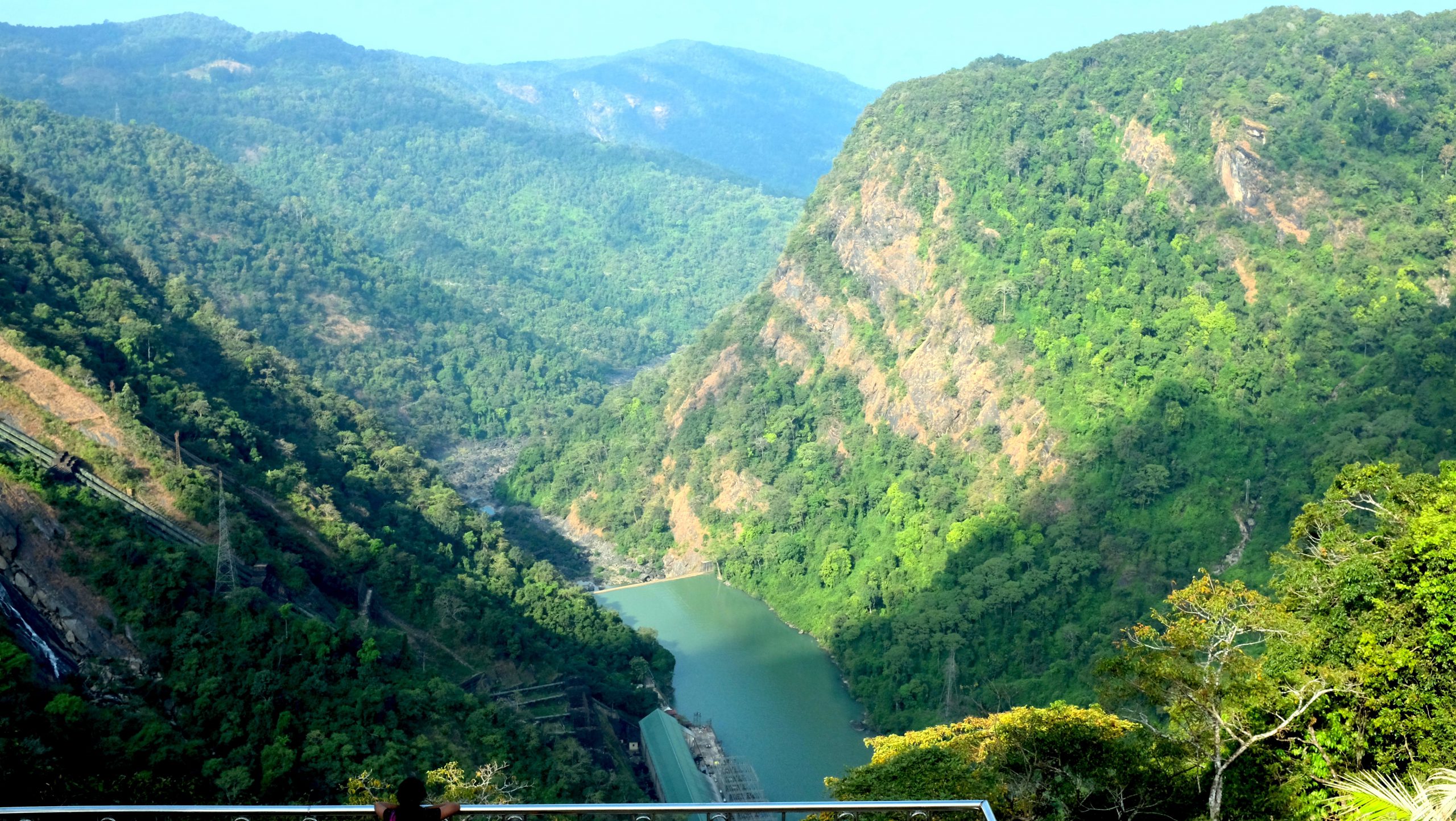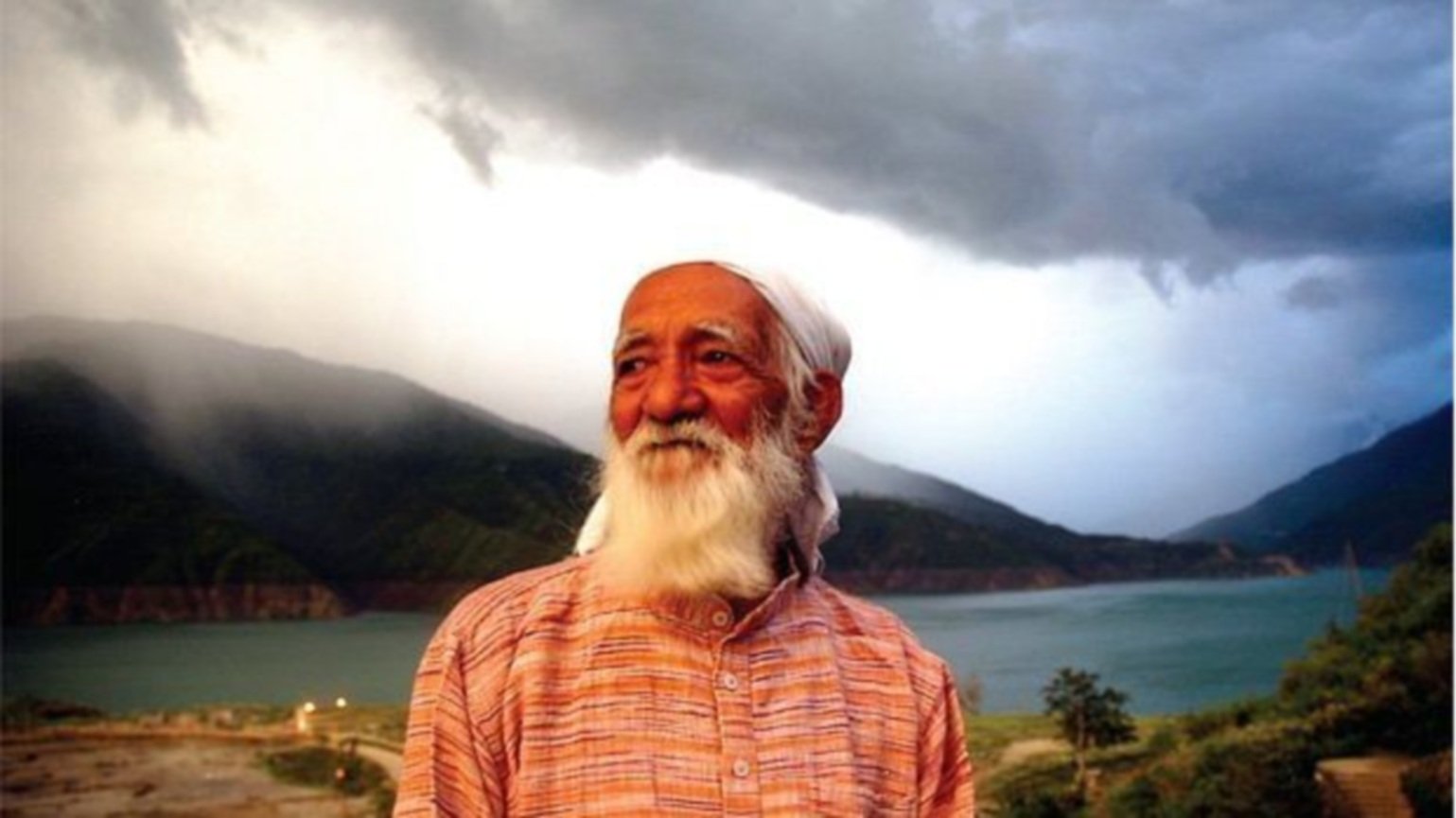Diwali and other Hindu Festivals in times of COVID
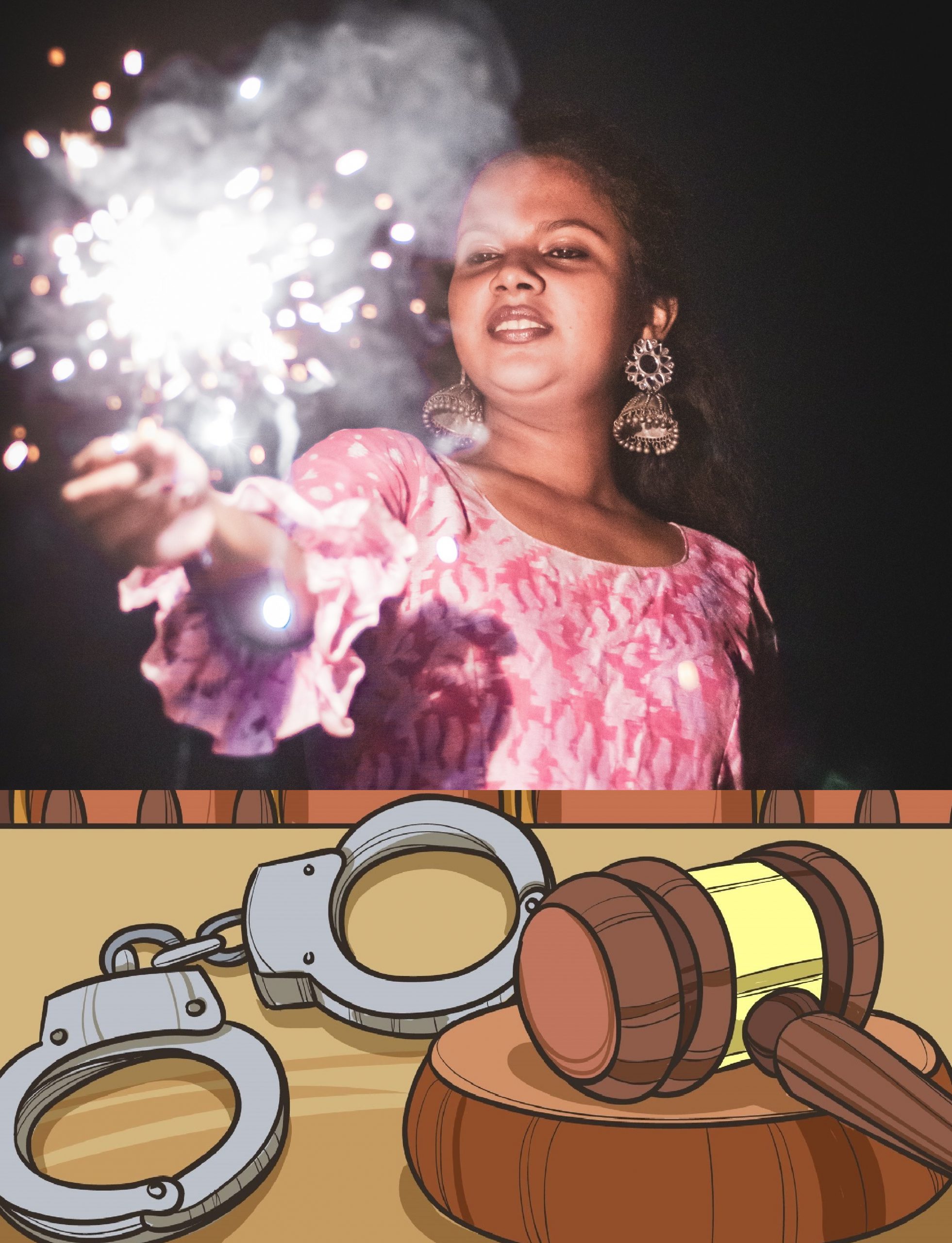
The National Green Tribunal (NGT) on 9th November passed an order directing a ban on the sale and use of firecrackers in the NCR as well as in other districts where air quality ranges from ‘poor to severe’ until 30th November. The order further stated that, in cities or towns where the air quality is ‘moderate’ or below, only green firecrackers be sold and they could be used only for a period of two hours during festivals like Diwali and Chatt Pooja. Background to this action was that few States like Odisha, Rajasthan, Sikkim, NCT Delhi (DPCC) and UT Chandigarh had banned the sale and use of firecrackers citing high levels of winter pollution and COVID. Following the Tribunal’s order however, a number of other states including Haryana, Telangana, Karnataka and Chhattisgarh also banned firecrackers.
The ban and Diwali thereafter
The NGT based its order in large part on the Supreme Court’s decision in Arjun Gopal v. Union of India (2017). The apex court in this case was of the opinion that some form of regulation on the manufacture, sale and use of firecrackers is needed nation-wide. While it refused to impose a blanket ban, it directed formulation of the ‘green cracker’ standards and also advised limiting the number of licences that could be issued for sale and manufacture. It also advised regulation of place and timings for bursting of firecrackers on festivals. The NGT, on the other hand, was of the opinion that the restrictions imposed by the apex court do not suffice in the midst of a pandemic. Apart from other health conditions that are caused/aggravated due to air pollution, the tribunal was of the view that bursting crackers might aggravate the impact of COVID-19. Thus, a blanket ban on firecrackers during the Diwali festivities.
The Harvard study published in April 2020 which is heavily relied on in almost all of the relevant academic research put before the NGT order to cite co-relation between pollution levels and fatality rates in COVID patients is merely speculative, as it itself claims to be inconclusive and makes assumptions on historical pollution levels instead of real-time data. Factors like epidemic stage, hygiene, behavioural risks, age distribution etc. have not been clearly adjusted and may cause results that are less sensitive to the statistical modelling assumptions. Overall, the published interim study is a hypothesis still being worked on as a part of a project as per the Harvard project site. The site itself lists the limitations of its publication. Other studies like the ‘State of Global Air/ 2020’ Report and the European Society of Cardiology’s research titled ‘Regional and global contributions of air pollution to risk of death from COVID-19’ base their conclusions on the high COVID mortality rates due to respiratory and cardio-vascular comorbidities that were pre-existing in the patients/habitants of a particular region, and cannot be the best argument in support of a blanket ban on firecrackers for a specific day/festival. This is because the cities like Delhi face high levels of pollution constantly throughout the year and the policy making and their implementation to tackle the major factors responsible there-for have been lax despite various reports and studies pointing to that.
The research/studies targeting Delhi-NCR specifically, do not show bursting of crackers during Diwali as a major source for increase in pollution levels in winter. For instance, the 2017 and 2018 reports of the National Environmental Engineering Research Institute (NEERI) and the International Institute for Applied Systems Analysis (IIAS, Austria) respectively as well as 2018 Parliamentary Standing Committee Report, studied the causes of air pollution in Delhi winters in particular. Factors such as stubble burning, vehicular pollution and industrial emissions, have been recognised as the main causes of high air pollution levels in Delhi-NCR, which when added to cold temperatures and wind patterns during the winter months cause the heavy smog.
In spite of the ban, few areas in Delhi-NCR saw just as much use of firecrackers on 13th and 14th of November. According to the data collected by the CPCB, the AQI levels in many of these areas of Delhi were actually lower on 15th morning than on pre-Diwali days, while in other areas it remained the same or was marginally higher with about same levels of the prominent pollutant PM2.5. For instance, according to the CPCB readings – in the Anand Vihar and DTU stations, the AQI on the 15th November was 456 and 397 respectively while on the 5th November it was 468 and 462 respectively. Similarly in Aya Nagar and Dwarka Sector 8 too, the AQI readings on 15th November were 454 and 469 respectively, lower than recorded on 10th November i.e. 499 and 500 respectively. The readings were also lower on 15th for the PUSA DPCC and Shadipur Station (454 and 435 respectively) than on 10th November (500 and 492). Many such comparisons can be made, the crux of the matter being that the winter AQI levels in Delhi NCR regions fluctuate mainly depending on the rise and fall in farm fires in the neighbouring states. It is fairly apparent therefore, that the blanket ban has only served to curtail the religious freedom of one community by preventing them from celebrating one of the most important festivals and caused severe losses to the firecracker industry.
Firecracker Industry faces worst losses
The restriction/ban on firecrackers were hastily imposed by the NGT and the State governments after the abovementioned Harvard study gained publicity. The earliest ban notified was the one by Rajasthan on 2nd November and other States followed, with the last one being on 12th of November by Telangana. This has put the future of the manufacturers of the firecracker industry who prepare for this season throughout the year, in a lurch. The workers and traders who were already in dire straits due to the imposition of the lockdown, loss of jobs and resources, curtailed celebrations, weddings, and festivals like Ganesh Chaturthi had hoped to recoup their losses in Diwali season. The firecracker hub Sivakasi in Tamil Nadu manufactures firecrackers worth about 3,500 crore rupees annually. The bans imposed have caused them a reported loss of around 2000 crores at the very least. In Sivakasi there are more than 1200 fireworks factories and more than 8 lakh people directly or indirectly employed in the industry. The manufacturers have been facing setback after setback and factories are now functioning only at 35% capacity. Several manufacturers took pains to ensure that their crackers complied with the formula prescribed by the National Environmental Engineering Research Institute (CSIR-NEERI) and the Petroleum and Explosives Safety Organisation (PESO). The excess costs of this too add to their burden. Further, complete bans have been imposed in states such as Rajasthan and NCR which contribute to around 20-25% sales of the industry causing major loss.
In a written submission to the NGT, the Tamil Nadu Fireworks and Amorces Manufacturer’s Association (TNFAM), stated that “That the Firecracker Industry wrote letters to all Chief Ministers of the states on 01.09.2020 September itself requesting to issue temporary license for fireworks shop forth coming Diwali. Many Governments replied that it will do the needful and started the process of issuing licenses. With this confidence fireworks were produced and sent to the wholesalers of all state. Huge loans were availed by Manufacturers and dealers for the production and purchase of the same. None of the governments said that fireworks will not be allowed this year as soon as they got the representation from the firecracker Industry. If the fireworks are banned at the last hour, nothing will be left of the Firecracker Industry or of the 8 lakh workers.”
The firecracker industry complied with almost every directive, formulation and production of green firecrackers was done in time for this Diwali and the traders had duly acquired licences to sell. It is therefore apparent that the State Governments have reneged on the assurances they provided to the industry and have behaved arbitrarily. Hence, it falls on these states to make good the losses caused by their action. So far the appeals from the industry and the trade unions for compensation, have fallen on deaf ears. Firecracker workers and small business owners who have completely lost their livelihoods should be provided some form of monetary relief by the States that resorted to blanket bans. In this context, the Supreme Court has also disregarded its previous observations and dismissed an appeal by traders from West Bengal against the blanket ban, while only granting a partial relief to the workers from Telangana.
Hindu festivals on target
It should also be noted that this ban has been imposed in most States till the 30th of November as mandated by the NGT. Only few states such as Chattisgarh have extended the ban till the New Year. The targeting of Hindu festivals such as Diwali, Chatt Puja and Gurupurab which fall between 9 and 30 November is apparent and unfair. No restrictions have been imposed historically on the sale and use of firecrackers on Christmas or New Year in specific. The NGT also seems to be following a pattern of imposing restrictions on Hindu practices such as the ban on chanting in Amarnath which it claimed could cause avalanches and a similar order to the Delhi government and Centre to devise modern ways to cremate Hindus instead of allowing traditional cremation. This trend has caused much loss to the community and must be done away with. Particularly in this case, until any concrete evidence which proves that firecrackers severely affect air quality and consequently the health of citizens, the government must refrain from imposing any blanket bans.


